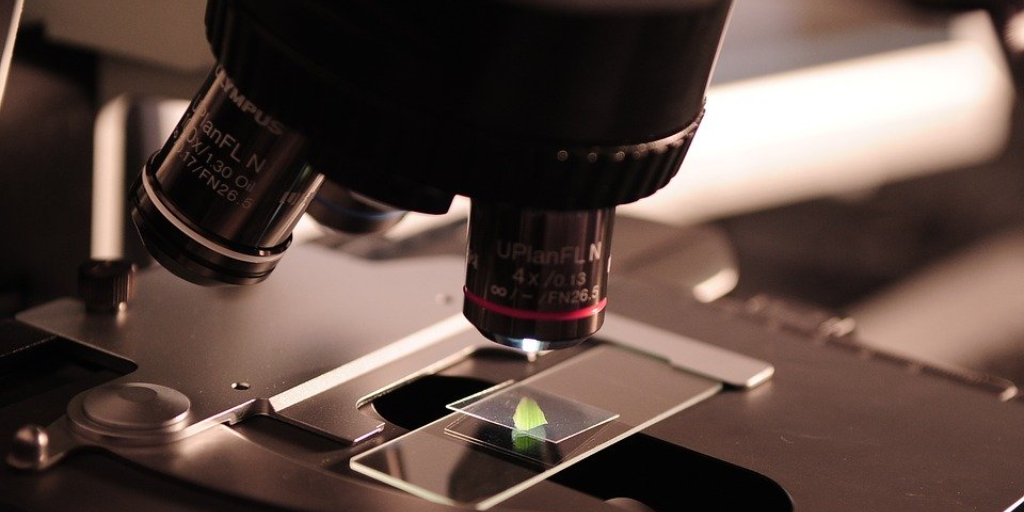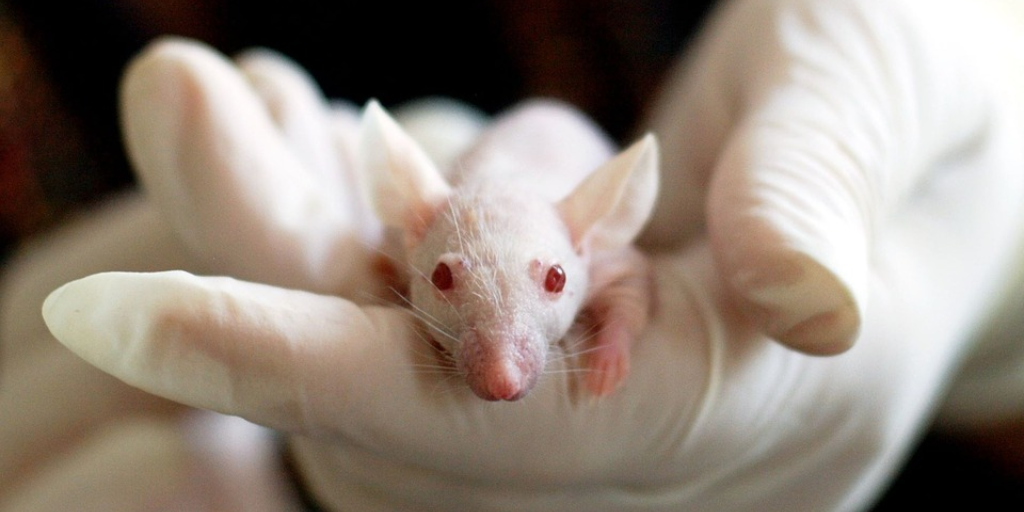Have you ever asked yourself why there are so many opposing nutrition claims?
Why do some people say eating more vegetables is needed for health, and others say that many vegetables are toxic? That vegetables have lectins and oxalates which apparently cause kidney stones and digestive upsets?
Why do some people recommend a Mediterranean style diet for heart disease, while others say going vegan is much better?
The carnivore diet is so big now. People are saying that to lose weight you must eat more meat and fewer starchy plant foods and fruit. But others are convinced that a more plant-based diet is the only way to lose weight and keep it off.
Everyone says the science supports their view. That science supports opposing nutrition claims. That scientists don’t agree on nutrition.

This post looks at the reasons why there are diverging views in nutritional science (indeed – in all science). It will explain why so many opposing nutrition claims turn up. It also shows how to get through the maze to find what is actually the healthiest way to eat.
Are scientists always changing their minds?
The first thing to know is that the dietary advice obtained from research hasn’t changed much in the last 50 – 60 years. This is because rigorous and reliable scientific trials have not unearthed something radically different over that time. The vast majority of dependable science says the same things about nutrition, in other words.
Where is the disagreement coming from?
Reporting these facts does not sell newspapers or magazines or books or bring good TV ratings.
Headlines like “Researchers are still saying what they have always been saying” do not have great appeal.
What is more interesting are new pilot studies looking at opposing hypotheses, where early trials with a few people appear to support the new idea. Media picks these up and runs with them, and they go viral –
Butter is back, bacon is healthy –
are some of these. But with well-designed studies based on these hypotheses, usually, the same results turn up – that what we knew before was actually correct. There are rarely any ‘shocking truths’ in nutritional science.
Not much is new in nutrition
Every day I have emails arriving in my Inbox with a headline of the latest in nutritional research. Just a sentence summarising the new paper just released in a scientific journal. I usually click on a few that look interesting. The vast majority arrive at the same conclusion all the rest have – that we have known for decades – but maybe look at it with a different group of people or a few different parameters.
Now and then one pops up that I can’t agree with – it doesn’t fit the paradigm for health I have built up. When that happens, I go to some effort to obtain the original article and read through how the study was done. That way I can see if what the title says reflects the truth of the findings. There are usually good reasons for these discrepancies. These reasons are next.
Those YouTube videos!
Most weeks people send me a new Youtube video to watch –
- that lentils cause weight gain, or
- spinach causes calcium deposits in the body, or
- how avoiding meat completely causes serious hormonal problems in women.
To tell the truth, this doesn’t phase me as I know all that information abounds for the reasons I will come to below.
But believing some of these things will bring just enough confusion to make it impossible to stick to a programme with enough commitment to get results. This why I want to explain how science works for my clients.
Here in this post, I look at the reasons these articles abound so you can also be discerning.
Some evidence is better than others
Knowing how researchers arrive at their conclusions is vital to knowing if a nutrition ‘fact’ is dependable. Here are some common but different types of studies. We need to know how the studies are done.
Test Tube Nutrition
At the bottom of the rung, we have test-tube studies – “in vitro” studies. Food extracts or vitamins are dripped on cells in a petri dish. An example is this is to determine if particular foods have cancer-attacking qualities. Garlic or lemon or broccoli juice may be dripped on cancer cells in a petri dish. Or human blood of the cancer sufferer who has EATEN garlic or lemon or broccoli over a set period of time and in certain amounts – may be dripped on the cancer cells. <Here’s an example> of such a study -and it is worth watching – a 2 min video on lung and breast cancer and broccoli.

What this shows us is NOT that eating broccoli, lemon or garlic (and a whole other range of foods which have been similarly tested) can stop cancer in its tracks – but rather that these things stop cancer in a petri dish in it tracks. We HAVE to realise that cancer in a petri dish is a far different thing to cancer in a person. Even though it does provide us with a signpost.
So these studies remain interesting and worth studying further before we base our practices on them. The problem is that without looking into the studies, people will just believe the headlines. This is not reliable evidence. But the media will not tell you this – just what the findings were. (By the way, these studies have been verified in more reliable studies since, but not all petri dish experiments are verifiable).
Animal Based Nutrition
The next rung of studies are animal experiments. Here lab animals are given a dose of a certain food on a regular basis and the effects on their health are measured. Animals are also given a disease (done by altering their diets or by direct injection or contact) and then treated with certain foods. These animals can be insects or worms as well as larger animals like mice and dogs.

These studies can be helpful in pointing in a direction but since humans are not lab animals, results are not always transferable. In fact, about 30% of these types of studies can are reproducible in humans – and 70% are not. Many pilot studies showing the benefits of fasting have been done on worms. Clearly this is not a reason to use the information on yourself, but often people don’t realise this.
Big Groups of People
The next rung of studies are observational or epidemiological studies. Here, researchers observe a large group of individuals eating certain foods to see if certain health outcomes result. Clearly, the weakness of such studies is that they can only show associations – not cause and effect. Examples are below.
Some of the best of these studies are in China where massive populations numbering tens of thousands of people can be studied in great detail. For instance, one large study done in China indicated that in rural communities where people ate less meat and more vegetables – they did not get certain cancer types. Whereas the same racial groups in the cities eating more meat and fewer vegetables got more cancer.

This can be a signpost – but it is not conclusive evidence. Maybe the people in the cities exercised less, breathed in more polluted air and water, or were under more stress than the rural people. Did they just eat more food overall? This predisposes one to illness. Maybe they were more overweight – and this leads to hormonal changes which lead to illness. Maybe, as one blogger posited, the city people ate more wheat and less rice and that caused the difference (that was rather clutching at straws I think, but there it is).
Just to let you know, this hypothesis (of meat and cancer) has been followed up in many, many more studies in different ways so the causation is now much clearer. But at this level, it was still just a possible association.
More serious stuff – clinical trials
At the next level of studies, we have clinical trials. In a controlled setting, a matched group of people consumes a regular dose of a food or vitamin. A control group do not receive the new substance. This is expensive and often studies may be very small, as small as 7 – 20 people. Large studies of this type are much more reliable. Having a control group increases reliability, but some such studies do not have this.

An example of these studies is giving children with ADHD certain levels of different vitamins for a set length of time to see if anything makes a difference. The control group gets placebo (fake) ‘vitamins’ so no one knows what they are getting and may “imagine” they are getting results because they THINK they are getting something helpful. <Here> you can read about such a study on vitamins for ADHD.
An even more reliable method for obtaining good results is to cross over the people in the trial halfway through so the same people are getting what the control group got, then crossing back to see if the same results can be obtained again.
You can see the reliability of scientific evidence depends on HOW a trial is done.
All Together Now!
Lastly, and at the very top rung of the ladder is the systematic review. Systematic reviews pool together studies on the same topic to see what the preponderance of evidence says. That is – what most studies show. This can be the best evidence of all.
There can also be problems with these though – so you can’t just believe them without looking into it further.

Such a review will have to list the studies included – and what type they are. The type of studies included makes a real difference to the reliability of the results.
More checks and balances
Some researchers cherry-pick the studies. They may use 20 animal studies with only a few animals in each, and 15 petri dish studies and one large observational study. So the more unreliable animal and petri dish studies may mostly indicate something unreliable which the larger observational study counteracts. The results (preponderances of evidence) will then come out in favour of the animal and petri dish studies; not the more reliable, larger, observational study. So here again, it is ‘buyer beware’ – you have to check the facts first.
In this case, the systematic reviews we can depend upon use mostly higher-level studies such as clinical trials and large observational studies and few animal/petri dish studies, if any.
You can look into how the study was funded. Very often it is from a company selling the product which the studies are supporting. This is called a conflict of interest. The study must clearly state this to meet ethical standards. But some companies have cover companies so it is not so certain. Sometimes the reader must undertake a little further ‘research’ to discover where some of the authors of the study have worked before. Were they previously a chairman of a company supporting the less reliable findings? In a lot of cases – yes.

That does not mean ALL studies done with a conflict of interest are poorly done. It costs money to do studies and often those with the money are the companies selling the foods. There are plenty of checks and balances before publication, but still, it pays to keep your eyes open. There are usually reasons for opposing nutrition claims – if you just dig a bit deeper.
What all studies show

So what is it most studies have been saying for the last 50 years?
These 3 things are practically irrefutable:
- That vegetables, nuts, beans, seeds and fruit are good for you. For a diet to create health, it must contain large amounts of vegetables.
- Excessive amounts of meat and animal products cause disease.
- reducing or eliminating refined carbohydrates (ie. sugar and white flour) will support long term weight loss and overall health.
What suspect studies show
So if you hear of a study which says something other than the above – one that puts out opposing nutrition claims, such as –
- Good health requires eating more meat.
- regular refined foods are ok for weight loss
- There is a problem with vegetables and other plant foods, and you need not eat many of them (or advocating long term restrictions of them)
Buyer beware! Apply these tests I have written about above because you are likely to find a problem with the studies that lead to these types of headlines.
‘Shocking truths’ have reasons
So now you know why news headlines can come out with “shocking truths” and unexpected claims about foods. Why there are so many opposing nutrition claims. If researchers can just bring about confusion in the public, they know people will not change what they eat and the status quo will be kept.



0 Comments